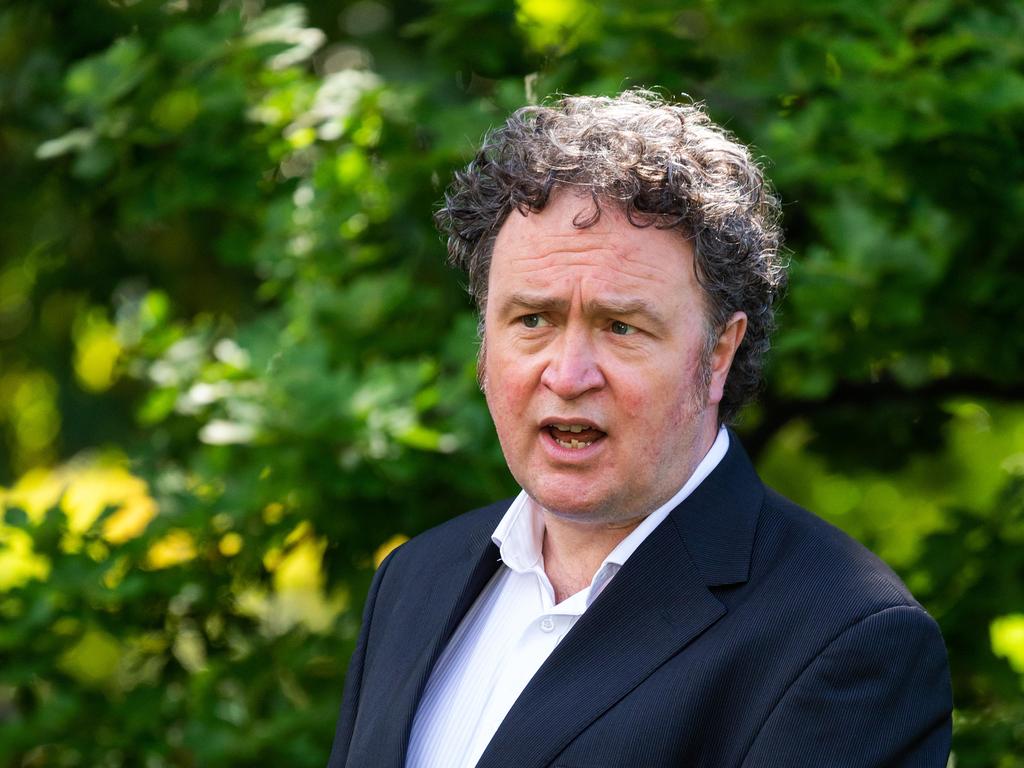Modelling gets NSW Covid-19 hospitalisations peak wrong
Hospitalisations in NSW may not rise to a peak predicted in modelling given how successfully the state brought its cases down before lockdown ended.

Hospitalisations in NSW may not rise to a peak predicted in modelling given how successfully the state brought its Covid-19 case numbers down before restrictions were eased.
But as case numbers rise, there is likely to be a corresponding rise in hospitalisations despite the high level of vaccine coverage.
That’s the assessment of biostatistician and epidemiologist Adrian Esterman who successfully predicted the rise in case numbers throughout the Delta wave of infections in NSW and Victoria.
NSW’s total number of cases is closely related to the number of hospitalisations, unlike in Victoria where hospitalisations have remained lower compared to the number of cases.
“What we’re seeing in NSW is that the number of hospitalisations pretty much parallels the number of cases, unlike in Victoria where there is a clear decoupling of cases and hospitalisations,” Professor Esterman said.
“So if cases start to go up in NSW there’s a good chance that hospitalisations will also go up. But as time goes on, because we’re getting such high rates of vaccination, then you’re probably going to see a more of a decoupling of cases and hospitalisations in NSW as well.”
Professor Esterman said the closer connection between hospitalisations and case numbers in NSW may be to do with the age range of those being infected. For instance, if more older people are being infected in NSW than Victoria, the hospitalisation rate will be higher.
There were 769 Covid-19 cases admitted to hospital in NSW on Monday, with 153 people in intensive care. The number of people in intensive care has decreased steadily from September 21 when 244 people were in ICU.
The number of hospitalisations is currently significantly less than the peak predicted in modelling. NSW government modelling indicated that there would be 3434 hospitalisations by late October and 560 people with Covid-19 in ICU. Burnet Institute modelling predicted peak hospital demand of between 2286 and 4016 cases.
The rate of increase in hospitalisations as cases start to rise in NSW is likely to be moderated by high vaccination coverage, with more than 90 per cent of people having had a first dose in NSW and 74 per cent fully vaccinated.
And because case numbers were reduced to below 500 by the end of lockdown, the rise in cases will be slower with easing restrictions. Because cases rise exponentially, the fact NSW is coming off a lower base of 496 cases rather than 1500 means cases will not rise as high now that lockdown has ended.
“The bigger the number of cases you have, the greater the increases you get,” Professor Esterman said. “So if you’re starting off at a lower base, then the rate of increase would also would also definitely be lower.”
But Professor Esterman said it was extremely difficult to predict what would happen with NSW case numbers now lockdown had ended.
“We see countries like Norway which a week ago relaxed all restrictions and their case numbers have halved versus the Netherlands which relaxed restrictions and case numbers tripled,” he said. “Someone would have to be really brave to say that there would be X number of hospitalisation on a given date.”
But there is good evidence to show hospitalisations can remain low even with high case numbers in countries with high vaccine coverage such as the United Kingdom, which has about 40,000 cases recorded a day but only around 800 a day hospitalised with Covid-19.








To join the conversation, please log in. Don't have an account? Register
Join the conversation, you are commenting as Logout